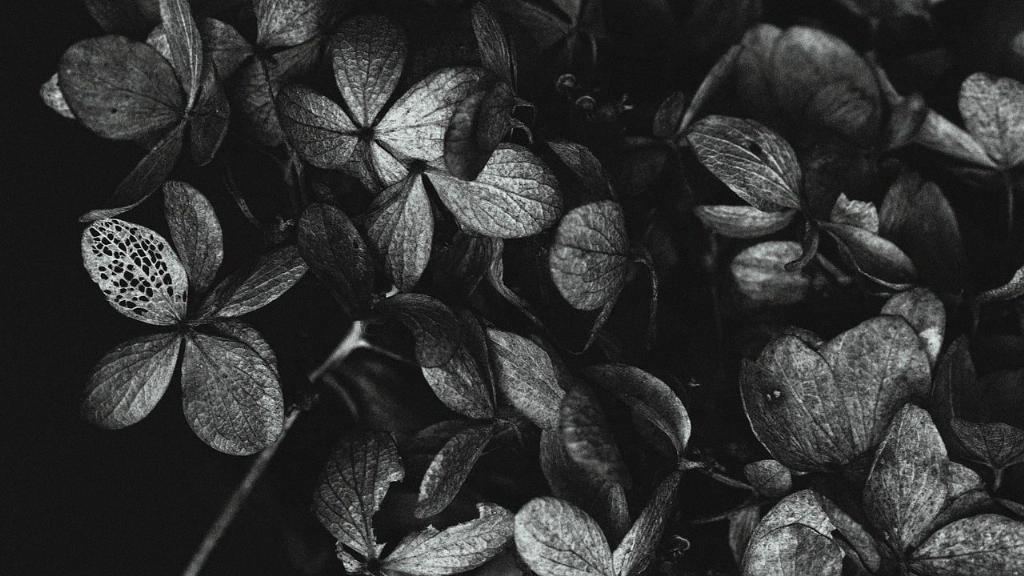If you’ve noticed that your hydrangea plant is looking a little sad, with its stems drooping and leaves wilting, it’s essential to understand the reasons behind this common issue. One significant factor that can lead to drooping hydrangeas is excessive sun exposure. Hydrangeas prefer partial shade and can struggle when exposed to full sun for extended periods.
Another critical element to consider when addressing drooping hydrangeas is the level of moisture in the soil. Hydrangeas are thirsty plants and require consistent watering to thrive. If the soil becomes too dry, the plant may begin to droop as a way of conserving energy and protecting itself from dehydration.
When hydrangea stems start to bend and touch the ground, it’s a clear sign that the plant is under stress. By paying attention to these visual cues, you can intervene promptly to help your hydrangea recover and flourish once again.
To prevent drooping in your hydrangea plant, consider planting it in a location that receives morning sun and afternoon shade. This balance of light exposure can help prevent the plant from becoming overwhelmed and drooping due to excessive sunlight.
Additionally, ensure that your hydrangea receives an adequate amount of water, especially during hot summer months. Consistent watering will help the plant maintain turgidity in its stems and leaves, preventing drooping and wilting.
It’s also essential to check the soil drainage around your hydrangea. Poor drainage can lead to waterlogged soil, which can suffocate the plant’s roots and cause drooping. Ensure that excess water can drain away effectively to promote healthy growth.
Regularly inspect your hydrangea plant for any signs of pests or diseases, which can also contribute to drooping. Pests like aphids or diseases like powdery mildew can weaken the plant and cause it to droop. Addressing these issues promptly can help your hydrangea recover.
Trimming your hydrangea plant can also promote healthy growth and prevent drooping. Pruning dead or weak stems can encourage new growth and improve the overall structure of the plant. Be mindful not to over-prune, as this can stress the plant and lead to drooping.
Consider feeding your hydrangea plant with a balanced fertilizer to provide essential nutrients for growth. A lack of nutrients can weaken the plant and contribute to drooping. Follow the instructions on the fertilizer packaging for best results.
Monitor the weather conditions in your area and adjust your care routine accordingly. Hydrangeas may be more prone to drooping during periods of extreme heat or drought. Providing additional water and shade during these times can help support the plant’s health.
By taking proactive steps to address the factors contributing to drooping in your hydrangea plant, you can help it recover and thrive. Paying attention to its needs for light, water, pruning, and nutrients can make a significant difference in its overall health and appearance.
Remember that each hydrangea plant is unique, so it may require some experimentation to find the optimal care routine that works best for your specific plant. With patience and observation, you can help your hydrangea regain its vigor and beauty.

